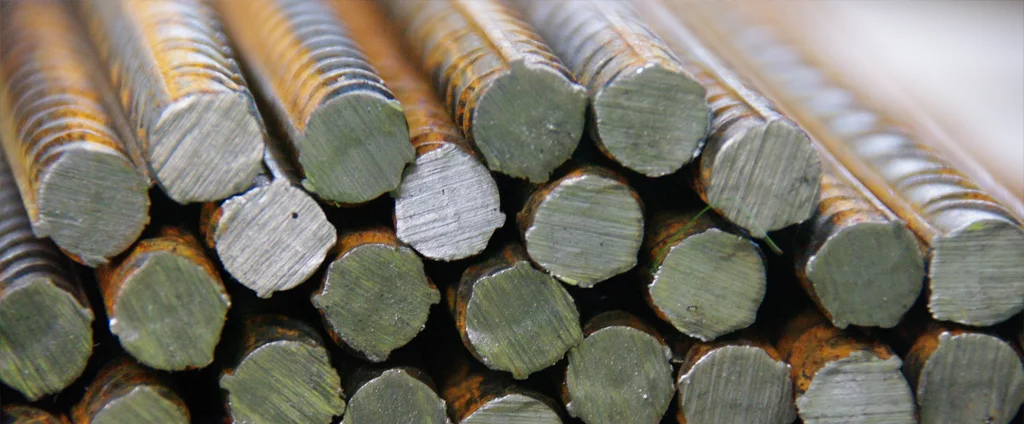Grey Cast Iron SAE J431 Grade G3500 (UNS F10007)

SAE J431 Grade G3500 is a gray cast iron alloy valued for its high tensile strength, excellent wear resistance, and machinability. Widely used across automotive, heavy machinery, and construction sectors, it offers a cost-effective material solution that balances durability and thermal conductivity for demanding applications.
| Chemical Composition | ||
|---|---|---|
| Element | Min | Max |
| Iron | —— | Remainder |
| Carbon | 3.0% | 3.3% |
| Manganese | 0.6% | 0.9% |
| Phosphorus | —— | 0.12% |
| Silicon | 1.8% | 2.2% |
| Sulfur | —— | 0.15% |
The following table provides a list of SAE J431 Grade G3500 properties in both SI and US customary/Imperial units.
Click on the button to switch between Metric and Imperial units.
| Physical Properties | Metric |
|---|---|
| Density | 7150 kg/m3 |
| Mechanical Properties | Metric |
| Tensile Strength (Ultimate) | ≥ 241 MPa |
| Brinell Hardness | 207 - 255 |
| Knoop Hardness Converted from Brinell | 257 |
| Vickers Hardness Converted from Brinell | 243 |
The values in this table are approximate and can vary depending on various factors such as the specific manufacturing process and heat treatment applied to the alloy.
Advantages & Disadvantages of Iron SAE J431 Grade G3500
| Advantages | Disadvantages |
|---|---|
| High tensile strength (minimum 35,000 psi) | Brittle material |
| Good wear resistance | Susceptible to cracking under stress |
| Excellent machinability | Limited ductility |
| Good thermal conductivity | Relatively high material density |
| Cost-effective material | Prone to oxidation and rust if not treated |
Applications of Iron SAE J431 Grade G3500
SAE J431 Grade G3500 is extensively utilized in automotive and industrial components requiring strength, wear resistance, and thermal stability, including:
- Engine Blocks: Often used for manufacturing engine blocks due to high tensile strength, wear resistance, and excellent machinability.
- Cylinder Heads: Suitable for cylinder heads that seal combustion chambers and house valves, offering strength, durability, and heat dissipation.
- Brake Components: Used in brake calipers, rotors, and drums that endure mechanical stress and require materials resistant to heat and friction.
- Transmission Housings: Employed to enclose gears, shafts, and other transmission components, providing strength and stiffness.
- Suspension Parts: Utilized for control arms, steering knuckles, and other suspension parts that must withstand heavy loads and impacts.
- Other Automotive Components: Applied in exhaust manifolds, crankshafts, camshafts, and structural supports where strength and thermal stability are essential.
